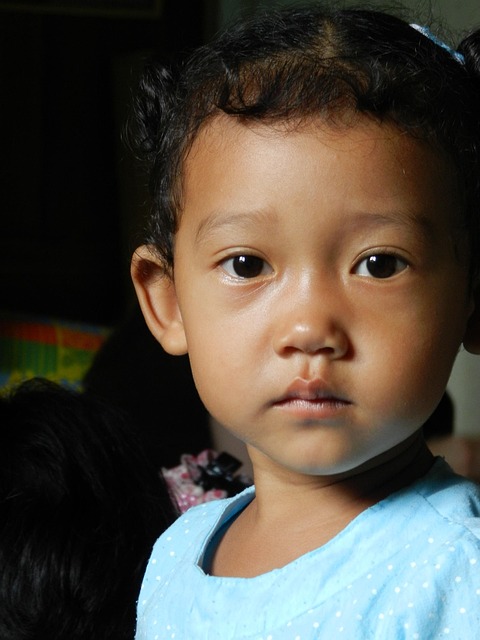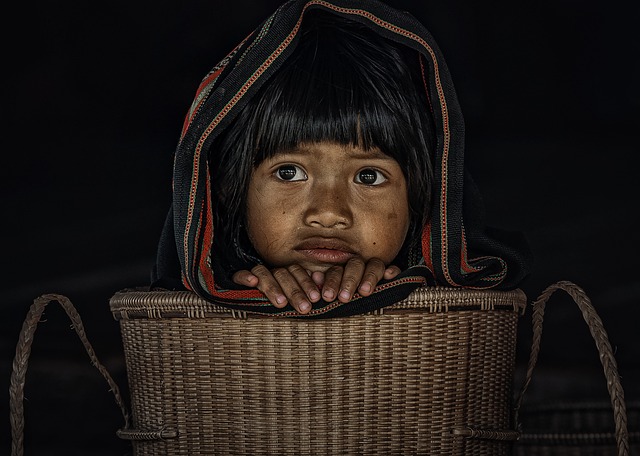Protecting Children: Legal Actions for Optimal Welfare

Understanding child welfare laws is crucial for parents to protect their rights and their child'…….
Juvenile Law and Child Welfare: A Comprehensive Analysis
Introduction
The intersection of juvenile law and child welfare is a complex, multifaceted field that plays a pivotal role in safeguarding the rights and well-being of children globally. This article delves into the nuances of this domain, exploring its historical development, current challenges, and future prospects. Readers will gain an understanding of the legal frameworks, economic implications, technological advancements, and policy measures that shape juvenile law and child welfare systems worldwide.
Understanding Juvenile Law and Child Welfare
Juvenile law and child welfare encompass a range of legal and social services aimed at protecting children who are abused or neglected, ensuring their rights are upheld, and providing support for their healthy development. Central to this field is the belief that every child has the right to a safe, stable, and nurturing environment.
Historically, the concept of child welfare evolved from charitable efforts to protect and rehabilitate ‘fallen’ or ‘wayward’ children in the 17th and 18th centuries. Over time, it transformed into a more rights-based approach, with international conventions such as the United Nations Convention on the Rights of the Child (UNCRC) setting global standards for child welfare.
Global Impact and Trends
The influence of juvenile law and child welfare is not confined to any single region; it is a universal concern. Global trends indicate a growing recognition of children’s rights, with an increasing emphasis on cross-border collaboration and the sharing of best practices. The UNCRC has been instrumental in promoting international cooperation and setting benchmarks for national policies.
Developed countries tend to have comprehensive legal frameworks, well-funded services, and multidisciplinary approaches to child welfare. In contrast, many developing nations face significant challenges due to limited resources, social stigmas, and inadequate infrastructure. However, a global trend towards increased investment in child welfare programs is evident, reflecting a collective commitment to safeguarding children’s well-being.
Economic Considerations
Economically, juvenile law and child welfare systems require substantial investment to operate effectively. These investments can be seen as both a cost and an asset: a cost in terms of funding and resources, but also an asset in terms of the long-term benefits for society, including reduced crime rates, improved educational outcomes, and healthier communities.
Market dynamics play a role in child welfare, particularly in areas such as therapeutic services, education, and juvenile justice reforms. Public-private partnerships are increasingly important, leveraging the strengths of both sectors to create more effective and sustainable solutions for children in need.
Technological Advancements
Technology has become an integral part of juvenile law and child welfare, offering new tools for case management, data analysis, and service delivery. Innovations like teletherapy, predictive analytics for intervention, and secure information systems have significantly improved the efficiency and effectiveness of these services. Looking ahead, artificial intelligence and machine learning could further revolutionize how child welfare is approached.
Policy and Regulation
A robust legal framework governs juvenile law and child welfare, with policies and regulations designed to protect children’s rights and promote their well-being. These include laws on child abuse prevention, juvenile justice systems, adoption procedures, and education standards. International bodies like the UN and regional organizations such as the European Court of Human Rights provide guidance and oversight.
Legislation must balance the protection of children with respect for family integrity and cultural diversity. The challenge lies in crafting policies that are both universal in their human rights principles and adaptable to local contexts.
Challenges and Criticisms
Juvenile law and child welfare systems worldwide face numerous challenges, including systemic biases, underfunding, inadequate training for professionals, and resistance to change. Children from marginalized communities often bear the brunt of these deficiencies.
To address these issues, a multi-pronged approach is necessary. This includes improving recruitment and retention of skilled workers, enhancing data collection and analysis for more informed decision-making, and advocating for policy changes that reflect contemporary societal values.
Case Studies
Several case studies highlight the successful implementation of juvenile law and child welfare initiatives. For instance, the foster care reforms in Finland exemplify a system where children are placed with families rather than in institutions, leading to better outcomes for children’s well-being. Similarly, the Abeona program in Ireland successfully rehabilitated incarcerated youth by focusing on educational opportunities and life skills training.
Future Prospects
The future of juvenile law and child welfare is poised for growth, with potential advancements in areas such as mental health services, community-based care, and restorative justice practices. The integration of technology will likely continue to enhance these systems, making them more responsive and personalized.
Emerging trends suggest a shift towards more holistic approaches that address the root causes of child welfare issues rather than merely responding to crises. There is also an increasing emphasis on cross-sector collaboration, with education, healthcare, and social services working together to create a supportive environment for children.
Conclusion
Juvenile law and child welfare are complex, multifaceted fields that require the concerted effort of governments, communities, and individuals to ensure the well-being of children. As society evolves, so too must our approach to protecting and nurturing the youngest and most vulnerable among us. With a commitment to innovation, collaboration, and human rights, we can build a brighter future for children around the globe.
[Textual Solution Process]: The solution process involves understanding the broad scope of juvenile law and child welfare, its historical context, current trends, economic implications, technological advancements, policy frameworks, and potential future developments. By dissecting each component, we can appreciate the intricacies involved in this field and the collective effort required to ensure its effectiveness and adaptability. The case studies provide practical examples of how these principles are applied in real-world scenarios, while the discussion on future prospects outlines the direction in which juvenile law and child welfare is headed. This comprehensive analysis aims to inform and inspire action towards a more just and equitable system for children worldwide.

Understanding child welfare laws is crucial for parents to protect their rights and their child'…….

Juvenile law prioritizes child welfare through rehabilitation over punishment, addressing causes, pr…….

Juvenile delinquency requires a balanced approach from parents, involving early sign identification,…….

Child advocacy is a vital component of juvenile law, focusing on rehabilitating minors in conflict w…….

Understanding Juvenile Law is key to effectively representing minors, requiring specialists who navi…….

Navigating child protection laws requires understanding key definitions of child abuse, including ph…….

Comprehensive legal representation is vital for addressing juvenile delinquency, focusing on tailore…….

Child advocacy requires a complex, nuanced approach to protect and support vulnerable children in le…….

Child welfare cases require a multi-disciplinary approach to ensure the safety and well-being of vul…….